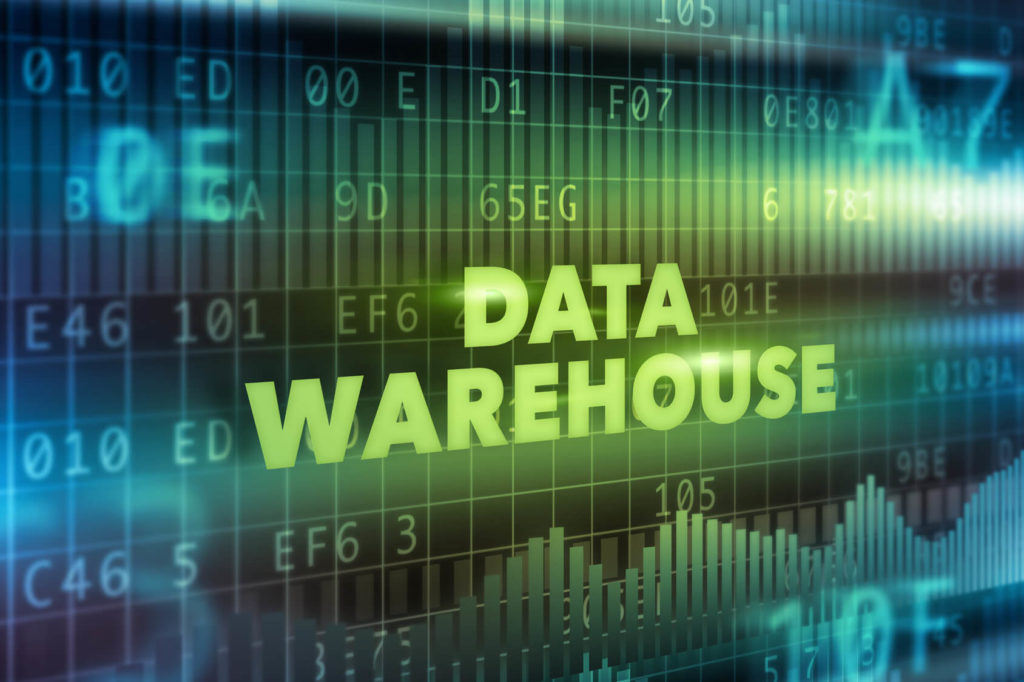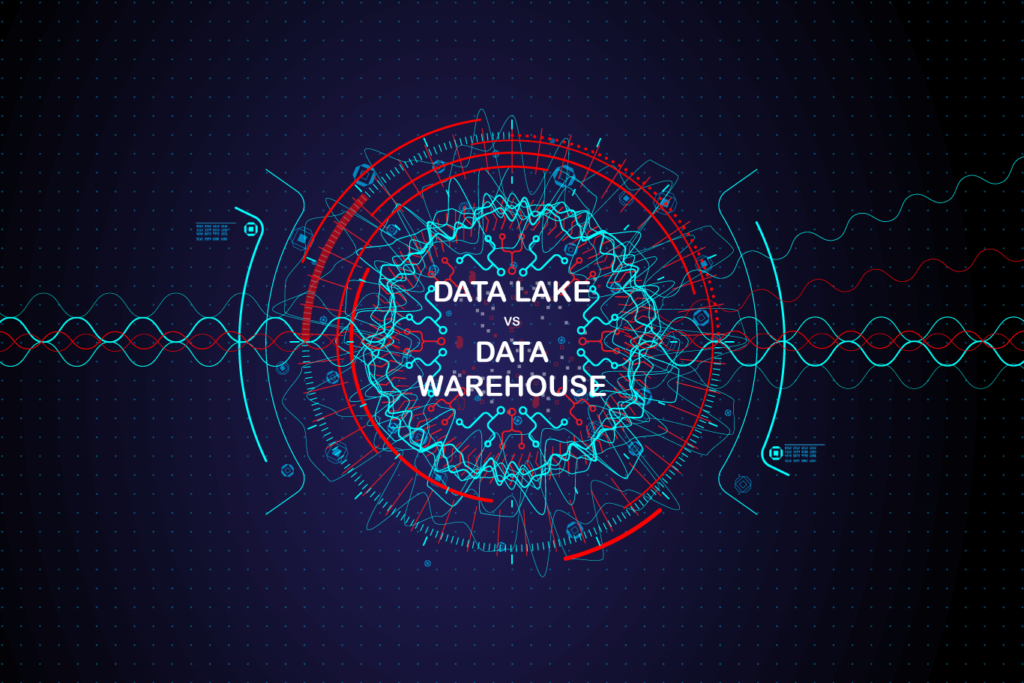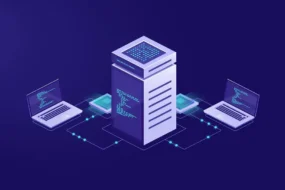These days we hear a lot about data lake, and many often end up with the conclusion that data lake is a synonym to the data warehouse, which is absolutely wrong. They are both different and serves a different purpose.
Data lake was first introduced to the World in 2010 by James Dixon, let’s go through his words to get the exact definition of this most misunderstood term. “If you think of a Data Mart as a store of bottled water – cleansed and packaged and structured for easy consumption – the Data Lake is a large body of water in a more natural state. The contents of the Data Lake stream in from a source to fill the lake, and various users of the lake can come to examine, dive in, or take samples.”
Companies are making the best use of data to improve the customer’s experience and offer the most personalized experience. Understanding the available options and the difference between data lakes and other forms of data storage is crucial. So, let’s understand this basic term and its key elements.
What is Data Lake?

A data lake is a storage where you can store real-time data, machine learning data, analytic, and on-premises data at any scale and different form. Here you have the privilege to store data in its natural state and readily available whenever needed. Unlike the traditional method, it is not stored under a folder and file, but in this, each data element is given a unique identifier and tagged with data information.
Why is the Data Lake Needed?
Let’s have a glance at the following reasons to understand why data lake is required:
- It offers business agility
- With storage engine like Hadoop, it becomes easy to store data
- It is available in 360-degree view for a flawless analysis
- With the increase in data size, metadata, analysis becomes easy with it
- It offers a competitive advantage to the organization
- It robust the organic revenue growth of the organization
How is Data Lake Differs From the Data Warehouse?
The purpose and role of the data lake are quite different from the data warehouse. A typical organization can use both. Let’s understand Data Lake vs Data Warehouse and their usage in further reading.

Data warehouse analyzes the relational data from the line of business application, transactional systems, and operational database. In this, there is a pre-defined data structure and schema to optimize the fast SQL, and the end result is used for the analysis and operational reporting. Its storage cost is high. The business analyst generally uses it.
Data Lake stores relational as well as non-relational data generally from mobile apps, social media, IoT devices, corporate applications, and websites. You can use it to analyze data like big data analytics, SQL queries, real-time analytics, full-text search, and machine learning. It is mainly used by data developers, business analysts, and data scientists.
Tabular Structure for the difference between Data warehouse and Data lake
| Key Parameters | Data Lake | Data Warehouse |
| Data | Relational and Nonrelational data | Relational data |
| Performance | The faster result with low-cost storage | The faster result using high-cost storage |
| Process | Data is left raw until neede | Data is processed and ready to be queried |
| Users | Data developers, business analysts, and data scientists | Business analysts |
| Agility | Highly agile, configure & reconfigure when needed | Fixed configuration and less agile |
| Security | Provide less control | Facilitate better control |
| Schema | Schema on reading | Schema on write |

Essential Concepts of the Data Lake
To understand the data lake properly, it becomes necessary to understand the essential elements of the data lake. Following is just a brief about it.
Data Ingestion
The purpose of data ingestion is to let connectors collect data from various data sources and process them into the data lake. Here ingestion support relational as well as the non-relational data type.
Data Storage
Data Storage offers cost-effective storage with fast access to the data. This element should support different formats of data.
Data Governance
The role of governance is to control the availability, integrity of data, usability, and security of data used in the organization.
Security
Security is the primary concern and should be implemented at each layer of the data lake. It begins with storage, unearthing, and consumption. The main purpose of security is to restrict unauthorized users’ entry.
Data Quality
The primary purpose of the data lake is to provide business insights. Poor data quality leads to poor business insights, so it becomes necessary to incorporate top data quality.
Data Discovery
Data discovery is another crucial concept of data lake where tagging technique is used to understand data by organizing and interpreting the data ingestion.
Data Auditing
The main purpose of the data auditing is to evaluate and remove the risk. It also tracks the changes from its original form and store “who / when / how” information.
Data Linage
The function of data linage is to process the different stages of data to track its journey from the origin to the final destination. It helps the business to understand deviations.
Data Exploration
The main purpose of data exploration is to identify the right set of a dataset. So this is the critical component to get the right business insights and policymaking.
Conclusion
Data lake should be the top priority to get the correct and right business insights. It helps to cater to different types of data without adding much cost to the operation of the business. Take the help of data lake to solve complex business problems and build in the predictive business model. Nowadays, businesses like restaurants, MNCs, mining corporations, and every small or large organization is making the best use of data lake to create a predictive business model.
Keep reading:











